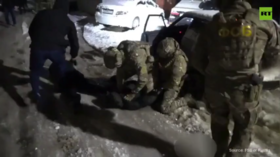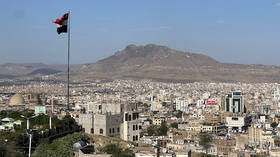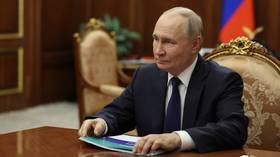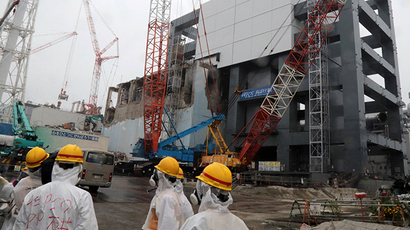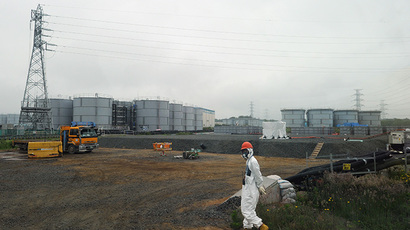Japan to begin removal of fuel rods from Fukushima plant
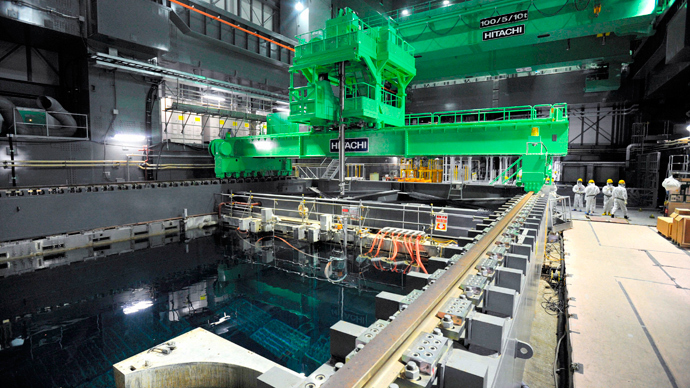
TEPCO is preparing to begin the dangerous task of extracting over 1,500 nuclear fuel rods from the Japan’s Fukushima nuclear plant. The risky operation is an essential step in to stabilize the site, in a process that could take decades.
Removing the spent fuel from a pool inside the Fukushima Daiichi
plant’s fourth reactor presents significant risks given the
radioactivity of the rods is 14,000 times more than what was
released during the 1945 Hiroshima bombing. A slight mishap could
release a huge amount of radiation into the atmosphere.
The removal of fuel is part of regular work at any nuclear power
plant, but "conditions are different from normal because of
the disaster," said company spokeswoman Mayumi Yoshida.

Tokyo Electric Power’s plan for the extraction of the rods was approved by the Japan Nuclear Energy Safety Organization Wednesday and will begin mid-November. Extraction was originally due to begin on Friday, but the Nuclear Energy Safety Organization called for more safety tests which set back the process.
The operation will entail lifting bundles of the 4-meter-long
uranium and plutonium rods out of the storage pool where they
were being kept when the earthquake-triggered tsunami struck
Fukushima in 2011.
The rods will then be individually transferred into a water-filled cask and loaded onto a truck to be transported to a more secure site on the territory of the power station. TEPCO has assured that the 18-month process will go off without a hitch and that the necessary measures have been taken to ensure safety.
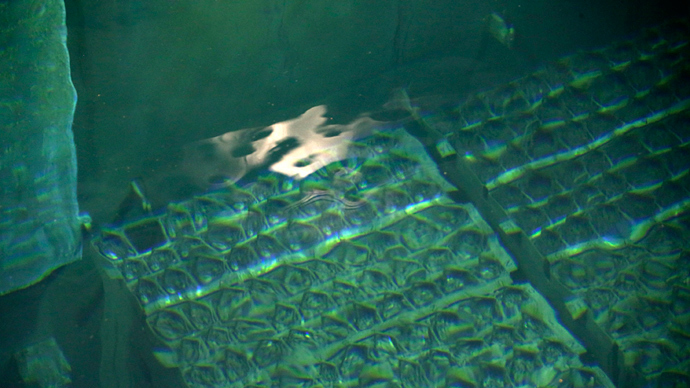
The company has reinforced the storage pool where the rods are being held with steel and concrete and claim that it can withstand an earthquake of the same magnitude as the one in 2011.
In addition, a steel shell has been constructed to block
radiation leaks while the rods are being moved.
Unknown territory
Doubts have been raised over TEPCO’s initiative. Scientists have urged caution as such an operation has never been undertaken.
“Handling spent fuels involves huge risks," said Shunichi Tanaka, chairman of the Nuclear Regulation Authority. "It would be a disaster if radioactive materials come out of the metal rods during the work.”
"This is the first practical milestone for the project," said Hiroshi Miyano, a nuclear systems expert and visiting professor at Hosei University in Tokyo.
"Any trouble in this operation will considerably affect the
timetable for the entire project," he said to AFP. "This
is an operation TEPCO cannot afford to bungle."
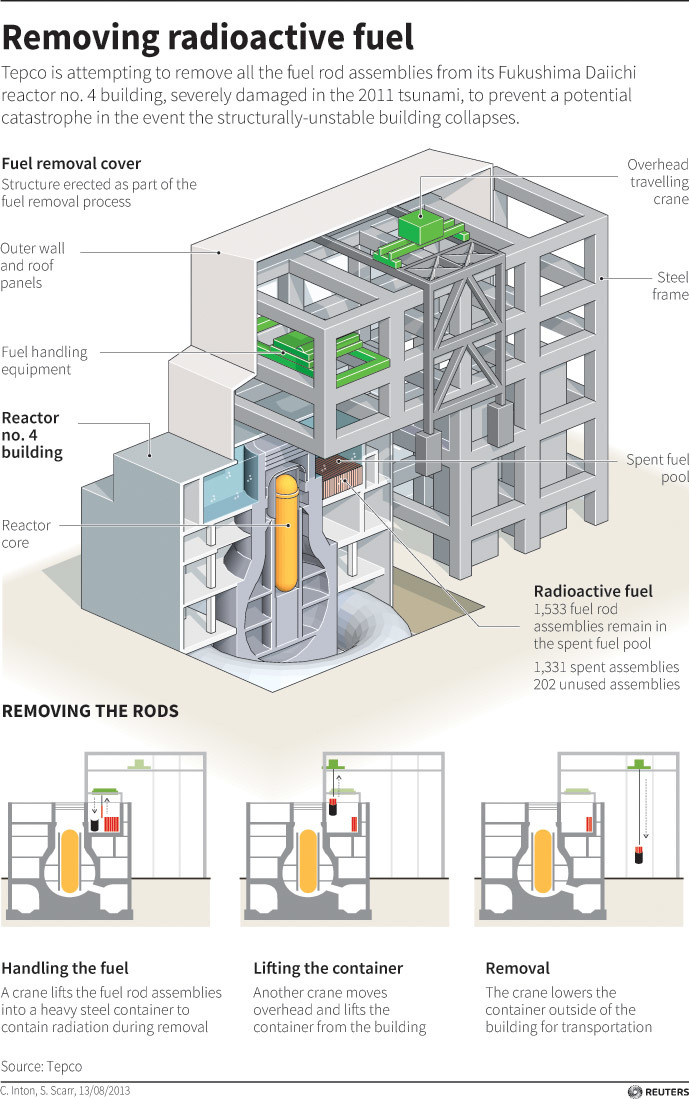
Christina Consolo, the founder and host of Nuked Radio, who has
studied the Fukushima disaster in depth, told RT that she was not
optimistic that the operation would be successful.
“The worst-case scenario is that there’s a nuclear chain
reaction, a criticality in the pool during this procedure and it
can’t be stopped,” she said.
Still, Consolo said Japan has no option but to proceed with the
operation, as they can’t leave the fuel rods where they are, as
“even a mild earthquake could cause the building to
collapse.”
Kevin Kamps, a nuclear waste specialist from the organization Beyond Nuclear, believes it is “absurd” that TEPCO is in charge of this globally significant extraction operation, instead of delegating it to the “best and brightest nuclear engineers in the world.”
“If something goes wrong this could be a global catastrophe that dwarfs what has happened in Fukushima Daiichi thus far,” Kamps told RT. “Tokyo Electric has shown its true colors time and time again, its incompetence, its dishonesty, so it’s very frightening that TEPCO is in charge of this.”
Arnold Gunderson, a nuclear power expert, explained to RT that what they will attempt to do at Fukushima has never been done before but it has to be done, because it is too dangerous to keep the nuclear fuel “way up in the air” given the seismic problems facing the crippled plant.
“There is more radioactivity in that fuel pool than in all the bombs than in all the bombs that were fired in above ground testing. So we have the equivalent of 700 nuclear bombs worth of material in that fuel pool. These [the fuel rods] are not going to pull out easily and the fear is, is that they might snap and release the radiation that’s inside them,” he told RT.
If one of the rods were to be exposed to the air it would release radiation and heat up, potentially triggering a self-sustaining nuclear reaction. TEPCO has said that this is unlikely to occur.
TEPCO’s management of the crisis situation has been criticized as haphazard and ill-planned, with one Japanese minister likening it to a game of “whack-a-mole.” Currently the organization is battling to stop leaks of radioactive water from the tanks used to cool the reactors.
While the extraction of the fuel rods represents a significant challenge for TEPCO, the much more complex task of removing the misshapen cores of the stricken reactors awaits scientists.



